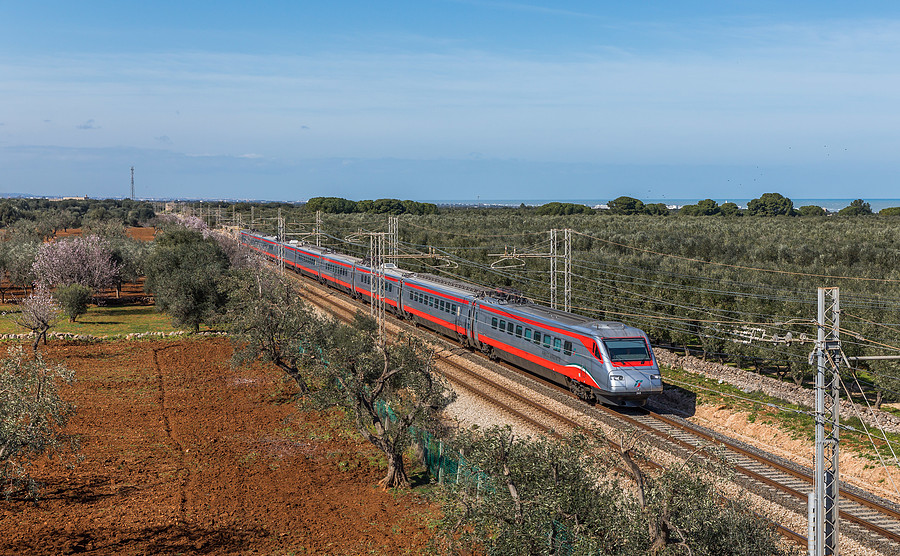The critical point in the video is at 37:07, where he shows a table outlining the Cost per vehicle mile to operate each type of stock
DMU - £1.94/vehicle-mile
Battery EMU - £1.43/veh-mi
EMU - £1.21/veh-mi
Hydrogen - £2.26/veh-mi.
(No figure given for DMU/EMU bi-mode.)
So Battery EMUs are 50p cheaper than DMUs but only 20p more expensive than EMUs. Electrification costs between £1m-2.5m/STKm depending on the level of reconstruction required (According to a Rail Journal article talking about how electrification should be cheaper). The Highland line is c118 miles (190km). At a rough guess it's about one-third to two-fifths Double track., so let's go with the 33% option - 250STKm. That's between £250m-525m to electrify the line. Favourable estimate of £400m, considering the line would need re-signalling throughout.
For £400m saving with 73p/veh-mi (the difference between DMU and EMU, you need 547,945,205.5 vehicle miles. That's 4,643,603 Perth-Inverness trips by a single unit. If the highland had an hourly service from 0600-2200 seven days a week, that's 32 trips a day (both directions 16 services), for 224 trips a week. That's 20,730 weeks, or 400 years.
DISCLAIMER: I'm aware the electrification will not be expected to pay fully for itself but by the socio-economic benefits, and that these are back-of-a-napkin figures, so I could be wildly out. But I thought some actual numbers may be helpful.
Depends what numbers you use, they don't seem to be totally consistent*. Using the alternative figures from the graph at 37:30 they think OPEX is reduced by about £15m p.a. as a result of electrification, which is 15/127=12% of the subsidy. Therefore, using your numbers, if it was £400m then the payback vs a do-nothing is 400/15= 26-27yrs. Then that's a political decision as to whether a 4%ROI , plus whatever social benefits/carbon price you may want to quantify, is the best way to spend your £400m. Obviously if it actually costs £800m then the case is much worse.
*They seem to have about £10m in fuel savings and £10m in rolling stock maintenance savings from the table at 37:30, not sure how that stacks up against the table at 37:07 where there's a 15p/mile saving from fuel costs and 56p/mile saving from maintenance costs, would seem to imply annual route mileages of 16-66m, more likely they calculated it a different way.
Although sort of returning to the original topic, as others have said, I think it's mostly a political choice. England seems to be mostly looking at new high speed lines/upgrades and the remaining mainline electrification rather than infill/local schemes. HS2/TRU/MML will add up to 100's of km of electrification, but obviously much less than if they'd just chucked the £90bn IRP budget at solely electrification. It would be interesting to compare the benefits of those two options.
If HS2 spending is £5bn/yr then I think that gives scotland about £500m/yr in Barnet consequentials for the next decade, which should more than allow Scotland to fund their planned electrification schemes if they want to spend it all on that.
According to transport scotland , from 2010-2019, "The Scottish Government has maintained a consistent policy of investment in electrification and in the last ten years in Scotland we have invested around £1 billion in some 441 (track) kilometres of electrification and associated infrastructure improvements"
Not sure if they really started in 2010 but that's roughly 44km/yr at a cost of £2.2m/stk. If they plan to do 1800 stk by 2035, that's maybe about £4bn, though they'll need to go a bit faster.

